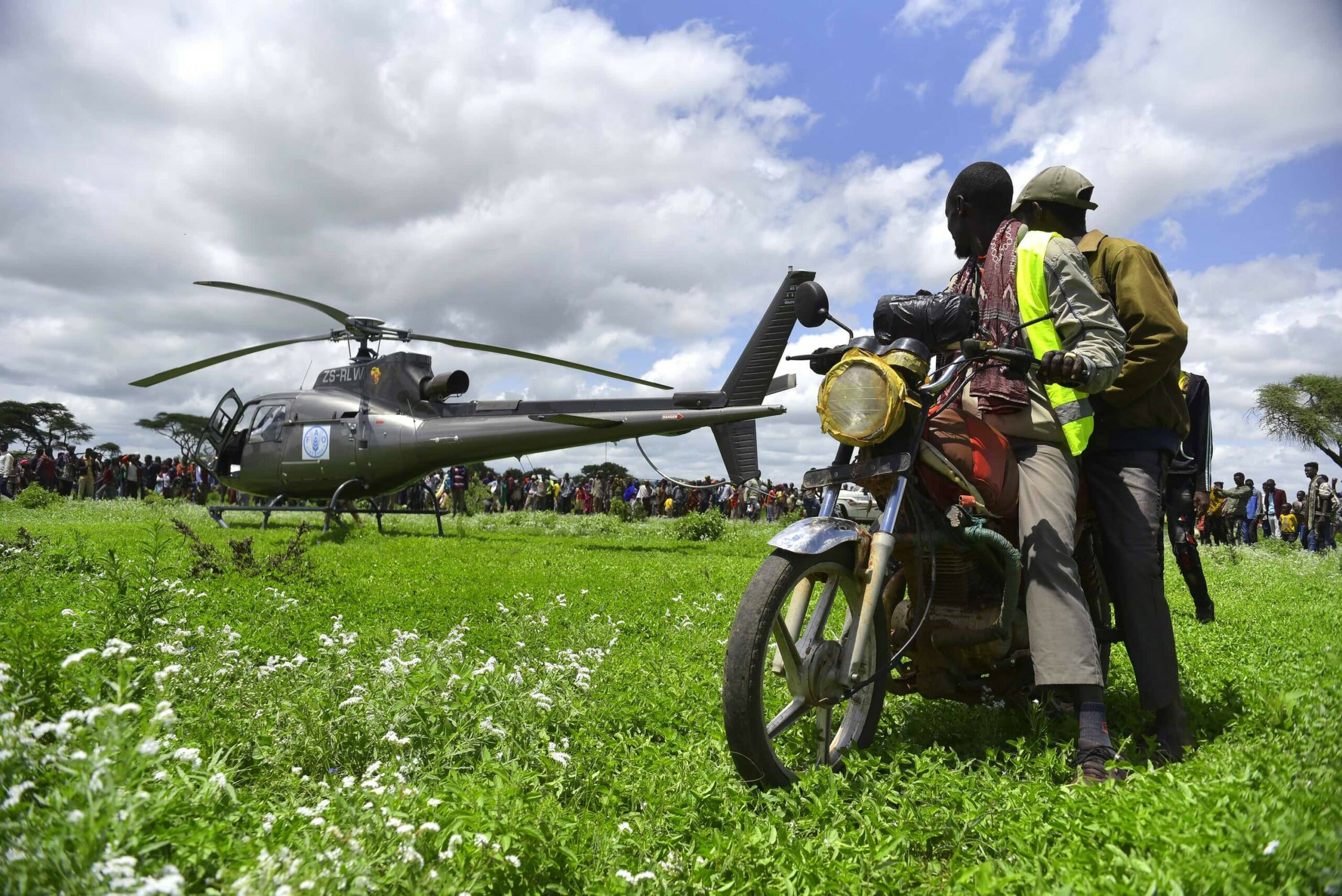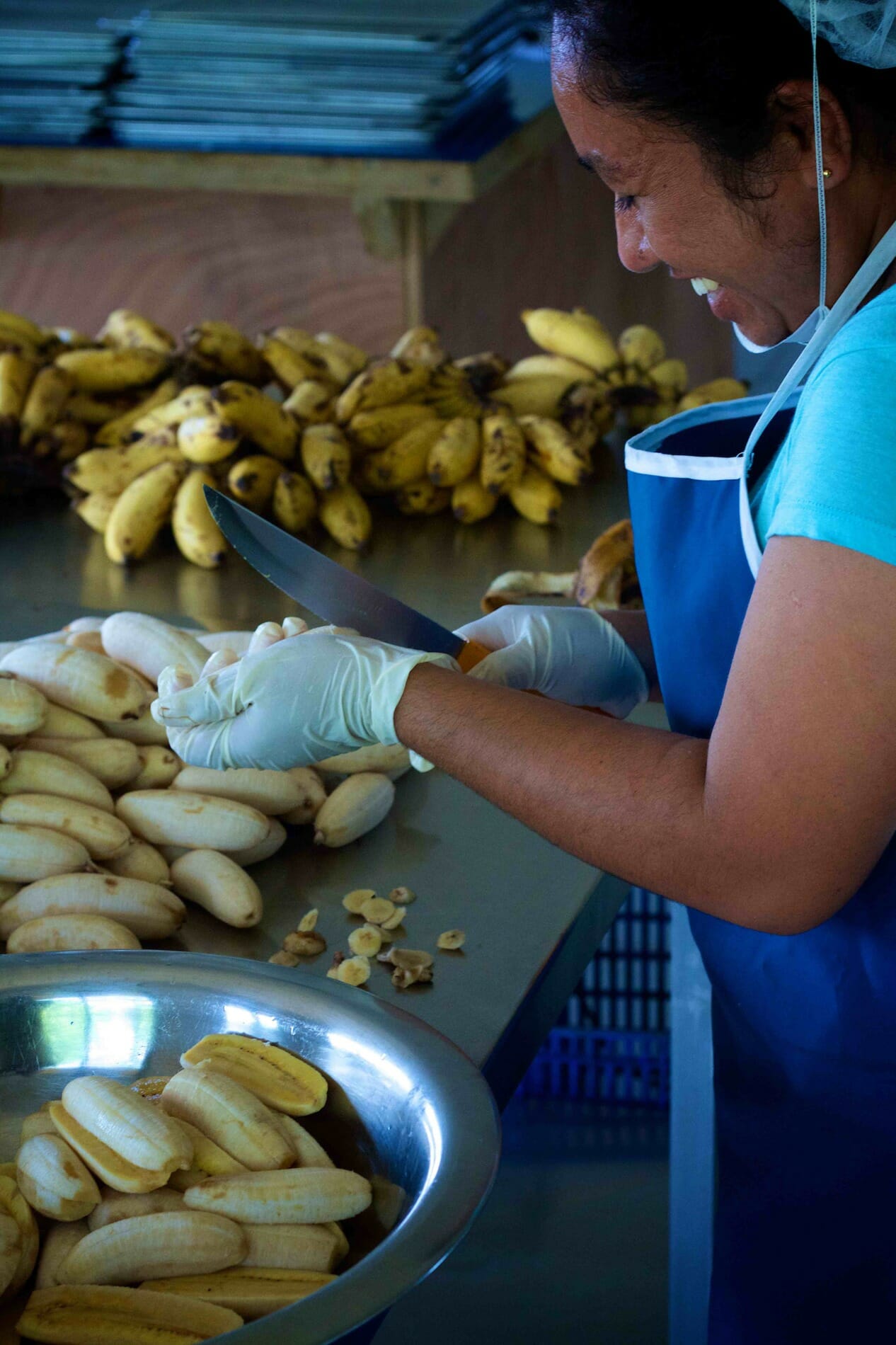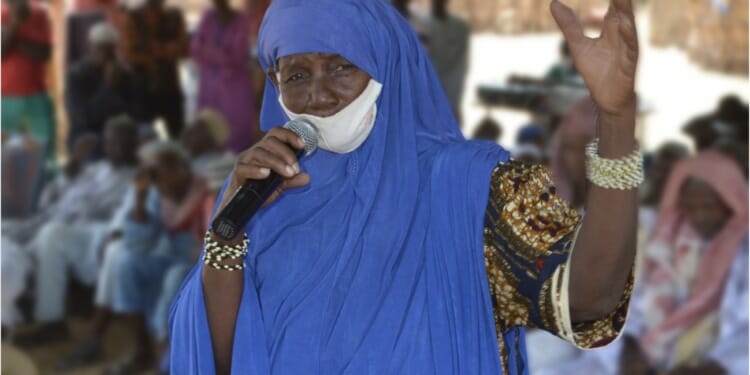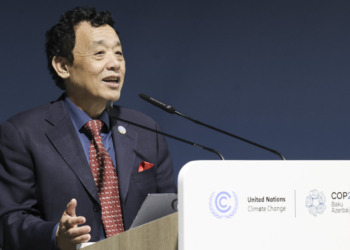The COVID-19 pandemic is a painful reminder that things don’t always happen the way we want them to. The world has been experiencing a confluence of challenges and crises that have been exacerbated by the ongoing pandemic, as well as the effects of climate change. These situations are becoming increasingly complex, dynamic and interrelated. To tackle such crises in a globalized world, where circumstances change ever more quickly, strengthening the agility to respond and recover to build resilience of people and the environment is key. This is where availability of flexible funds becomes crucial.
Why do we need to diversify the funding of development cooperation?
Too often, traditional development cooperation is rigidly structured, as a result of a system based on mandates and rules that were originally designed to meet a different set of needs. Over the last decades, donors to the development system increasingly chose to “earmark” funding, that is, a contribution that is directed towards a specific fund, programme or – most commonly – a project in a specific country.
There are several reasons why donors opt for more earmarking in development funding. From a political point of view, earmarked funding provides a tangible answer to the demand that donor countries be more accountable for taxpayer money that is spent on international development. Often, governments find it easier to justify to constituencies that they are funding a specific project in a determined country, as opposed to a broader investment in a larger programme such as the transformation of agri-food systems, which tend to be longer-term, more complex, and harder to measure immediate results.
In addition, the recent phenomenon of amalgamation of previously independent national development agencies into line Ministries has also contributed to the shift toward more earmarked funding.
As a result, the share of non-core resources of the United Nations Development System (UNDS) has declined from 75% in 2013 to 56% in 1998, becoming increasingly rigid and fragmented. In general, more than 80% of non-core funds are earmarked. Today, this leads to inflexibility, which often limits the development system’s ability to respond when and where it matters the most, which is especially problematic in times of multiple crises, such as the COVID-19 pandemic.

Flexible funding mechanisms for greater impact on the ground
Alternative to “earmarked” resources is flexible funding, which, as the name suggests, provides more agility to adapt to changing circumstances and invest in the most pressing issues, typically over a larger scope and geography, and a longer period of time.
In recent years, the United Nations and its specialized agencies, including the Food and Agriculture Organization of the United Nations (FAO), have increased their focus on promoting a shift toward less-earmarked resources.
Related Articles: Money Begets Money: Catalytic and Spin-off Effects of Two Flexible Financial Mechanisms | Reimagining Generational Gaps to Transform Africa’s Agri-food Systems
Flexible Funding Theory of Change sustains that less earmarking results in the reduction of transaction costs through simplified and harmonized processes that avoid duplication, maximizing cost-effectiveness of Resource Partner contributions. Moreover, they reduce fragmentation by applying a consistent programmatic approach, improving aid coordination and coherence in programmes. Therefore, increasing the share of pooled and flexible funds offers the opportunity to overcome these challenges.
All of this is backed by strong reporting, tangible results and transparence in the management of resources, in order to build confidence, give visibility and create a culture of trust among donors.
FAO has a few notable examples of effective Flexible Funding mechanisms such as the Flexible Multi-Partner Mechanism (FMM) or the Africa Solidarity Trust Fund (ASTF), as well as the Special Fund for Emergency and Rehabilitation Activities (SFERA), to take rapid and effective action in emergencies. These pooled multi-partner funding mechanisms were designed to maximize speed, efficiency, innovation and results on the ground.

By fostering cross-sectoral integration, FAO’s above-mentioned flexible funds are helping to achieve catalytic and multiplier effects, with greater impact on the lives and livelihoods of those most in need, and to accelerate progress towards achieving the 2030 Sustainable Development Goals (SDGs).
For instance, ever since its inception, the FMM and its flexible funding have enabled donors to maximize impact by supporting six critical programmes that encompass all aspects of agri-food systems, while minimizing their need to oversee numerous individual projects and agreements. Key partners of FAO have stated that “FMM’s programmatic strategy, cross-sectoral approach and flexibility constitute an important contribution to the UN reforms call for more flexible, predictable and less-earmarked funding.”
Agility, even more crucial in times of COVID-19
The agility of FAO’s flexible funds was put to the test during these past two years, especially with the surge of the COVID-19 pandemic. As a result of cross-sectoral collaboration across FAO divisions and decentralized offices, these funds were able to adapt virtual methods of delivery in places where face-to-face was no longer an option. Virus control measures limited the implementation of in-person activities in many countries. This impacted field missions, training workshops and meetings.
In light of these challenges, a unique set of innovative arrangements was adopted to support the implementation of activities on the ground in 2020, which in many cases paved the way for their continued use in 2021. This held true across key areas such as coordination, programming, monitoring, resource mobilization, marketing and outreach, and implementation in the field.
The FMM adopted context-specific measures, such as the exploration of innovative virtual communication platforms, remote training workshops and an increased role for local implementing partners as the movement of international staff became limited. The COVID-19 pandemic also had a negative impact on people who were not digitally savvy or did not have access to a stable internet connection.
In these complex situations, activities were reoriented and reformulated to respond to the newly emerging needs observed on the ground. This type of flexibility was only possible thanks to the FMM’s strong decentralized structure, which includes links with technical staff in regional and country offices and is critical to ensuring that local beneficiaries are reached.
Resource Partners have been pleased with how the FMM adapted in a timely manner to the COVID-19 pandemic. For example, key partners of FAO have recognized the innovation-oriented programmatic approach of the FMM amidst the pandemic, affirming that it was important “that FMM could adapt during the COVID-19 crisis by finding some innovative solutions.”
Another example of this is the FMM Subprogramme gender equality and women employment, with Dimitra Clubs as one of its approaches. During the COVID-19 pandemic, the Dimitra Clubs played an essential role by sharing important messages on how to prevent the spread of the virus and combatting the spread of fake news thanks to radio broadcasts.
Flexibility is the fastest road to achieving agri-food systems transformation
It is an understatement to say that the operational environment in 2020 and 2021 has been complex. The increase in needs and compounded crises is a reminder to the world that it needs to be ready to adapt to new and fast-changing threats. Flexible funding is the most adaptable method to allow us to respond to these challenges in a timely, impactful and cost-effective manner.
By recognizing the vital role of flexible funds in enabling innovation, speed and cross-sectoral cooperation in pursuit of the SDGs, FAO and its resource partners provide holistic solutions through flexible funding initiatives, which actively work towards achieving better production, better nutrition, better environment and a better life, while ensuring that no one is left behind.
Editor’s Note: The opinions expressed here by Impakter.com columnists are their own, not those of Impakter.com. — In the Featured Photo: The Dimitra Clubs enhance women’s leadership and socio-economic empowerment, much needed during the covid-19 pandemic. Featured Photo Credit: ©FAO










